Snakes can make excellent pets, but remember that their average life span is usually decades so you will be making a significant commitment to your selected snake. Be sure to buy a snake that has been bred in captivity and is free from diseases and other problems that snakes raised in the wild might have. Be sure to look closely at any snake you are considering buying to see if there are problems such as a rotting mouth or retained skin. You may also want to watch feeding sessions to make sure the snake eats readily.
Snakes for Beginners | Habitat Setup | Feeding | Food | Health
Types of Pet Snakes
It is best to select from the breeds of snakes that are not venomous or constricting and feature temperaments that are well-suited for captivity. There are many beautiful, docile and easy-to-care-for snake breeds that can make excellent pets.
Ball Python
The most popular python for pets is the ball python, primarily because it is smaller, attractive, and easy to maintain. Adult ball pythons range in length from between 2 feet to 5 feet and can live upwards of 30 years. If you select a ball python for a pet, you’ll want a home that is 36 inches by 18 inches by 12 inches or so. The ideal basking temperature for a ball python is between 88 degrees and 96 degrees F with the ambient temperature above 75 degrees. The best humidity level for this breed is between 50 to 60 percent. Your pet will enjoy eating rats weekly that are about the size of its widest circumference but may eat half as much in the winter months. Provide clean water for both drinking and bathing; ball pythons often like to soak in water.
Corn Snakes
Another breed of snake that makes a wonderful pet is the corn snake. These are easy to take care of, can be very beautiful, and are not aggressive or large. As a land-living animal, corn snakes are typically more active during night hours. Average adults grow to about three to five feet and can live up to 20 years. Corn snakes should be kept in a secure enclosure and fed mice regularly. Enclosures can be lined with newspaper, indoor/outdoor carpeting, or pine chips. Besides having clean water for drinking, corn snakes often like to soak in water before shedding their skin. Corn snakes require a temperature of between 70 degrees and 85 degrees F.
California Kingsnakes
Since California kingsnakes are found in most parts of the country, they can easily adapt to life as a pet. Most adults reach about three feet to four feet in length, and the average lifespan is about 20 years. The best substrate bedding material to use for this breed is aspen shavings or a specially designed snake bedding, which allows your pet to burrow and tunnel. Be sure you avoid cedar or pine shavings as well as gravel; they can be damaging to the snake’s health as well as difficult to keep clean. California kingsnakes require an ideal ambient temperature of 70 degrees to 75 degrees F with a basking temperature of between 85 degrees and 90 degrees F. Although there is debate on the lighting needs of this breed, many owners will provide fluorescent light for about 10 hours per day to mimic sunlight in the snake’s natural habitat.
Rosy Boa
The rosy boa makes an excellent pet as it is easy to handle, enjoys eating and grows to a reasonable size. They are docile and often live happily in captivity. As adult snakes, the rosy boa can grow to an average length of four feet and survive for more than three decades. This breed of snake enjoys temperatures of between 80 and 85 degrees F, but can survive in temperatures as low as 65 degrees and as high as 90 degrees. Keeping the temperature lower in the winter months is prudent. Rosy boas should be fed mice two to four times each month and may eat less in the winter.
Gopher Snakes
Although gopher snakes can look similar to venomous snakes, they are docile and make ideal pet snakes. They typically crawl along the ground but like to climb occasionally. When you’re are setting up your enclosure, try to provide some climbing branches. Gopher snakes will grow to about five feet as adults and live an average of 15 years. They enjoy eating rodents such as rats, mice and gophers. Gopher snakes like temperatures of between 75 to 85 degrees as well as a dedicated spot to bask and hide.
Setting Up A Habitat
Once you’ve decided to adopt a pet snake, you’ll have to prepare your home and its home to ensure that your new pet will be happy, healthy and safe.
The most important things to have for your new pet snake are an enclosure as well as someplace inside its new home for your snake to hide. Once you decide on a particular type of snake, purchase a home that best fits that breed. For instance, snakes that naturally live in trees will be more comfortable in a tall, vertical home while ones that live on the ground will prefer wider enclosures. Snakes will naturally seek small holes and gaps to try to escape their enclosures so be sure yours is secure.
The next step is to find the best creature comforts to make your new pet snake happy and healthy. Most pet stores sell a wide variety of terrariums, canopies, and substrate substances for pet snakes. Although using the newspaper in the bottom of your enclosure is an inexpensive way to line your terrarium, your snake may much prefer shavings or mulch. By adding stones, rocks, branches, and other plants that naturally exist in the snake’s typical environment, you will help your new pet thrive.
Another important component within the terrarium is someplace for your pet snake to hide like a little cave constructed from rock, bark, a small box, or a clay flowerpot.
Lighting, Humidity and Temperature
Be sure to research your particular snake breed to see what kind of light is required. All snakes use a basking light, which can be hung over a branch. Some snakes need natural sunlight while others can benefit from ultraviolet light. Controlling the temperature and humidity of your new snake’s home is very important. Pet stores sell thermometers to help you track temperature and hygrometers to measure humidity.
Remember that snakes are reptiles and thus cold-blooded animals, which means they rely on the temperature of their environment to control their body temperature. You’ll want to provide a monitored and measured heat source that keeps the spot under the snake’s cave or sleeping area at the ideal temperature. Other spots in your terrarium should be kept a degree or two warmer and a few degrees cooler so that your pet can move around and adjust its own temperature when needed.
Ideally, you’ll want several thermometers that can accurately measure the temperature of the floor, walls and air of your snake’s enclosure. If possible, adjust, measure and readjust the temperature before you actually place your pet in its new home to reduce its stress in the initial days.
Feeding A Pet Snake
Once you have set up the ideal enclosure, you’ll want to make sure you are ready to provide the best diet possible. All snakes eat meat whole, and many varieties enjoy live mice, rats, other reptiles and insects two to four times each month. They often eat less frequently in the winter. Many pet snakes will also eat frozen mice and rats, which can be purchased and stored.
Be sure you provide clean, fresh water regularly as well. Because pet snakes eat whole rodents, they obtain a good balance of vitamins, minerals and trace nutrition directly from their food and rarely require additional supplements.
Preventing Illness
Although most snakes that are bred in captivity and provided adequate housing, feed and water can easily remain healthy, there are a few common illnesses that can be prevented or treated.
One of the most common is a failure to thrive or eat. Typically, this condition is caused by stress to the pet snake such as improper temperature or housing. Trauma or physical injury as well as an infection can also cause a pet snake to stop eating. A somewhat related ailment is vomiting. Again, this can be caused by an environment that is too cold or from being handled too soon after eating. The best prevention to these and other common problems is keeping your pet’s environment as close as possible to its natural habitat.

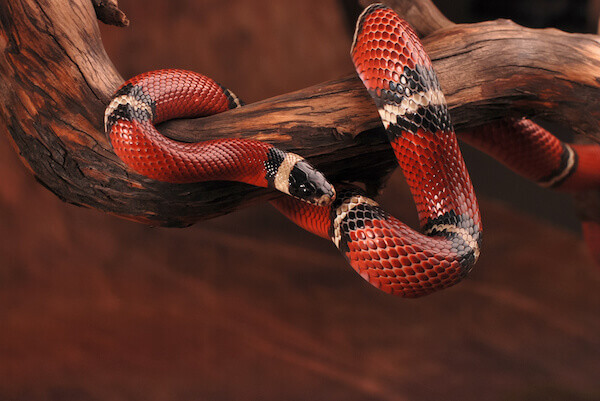
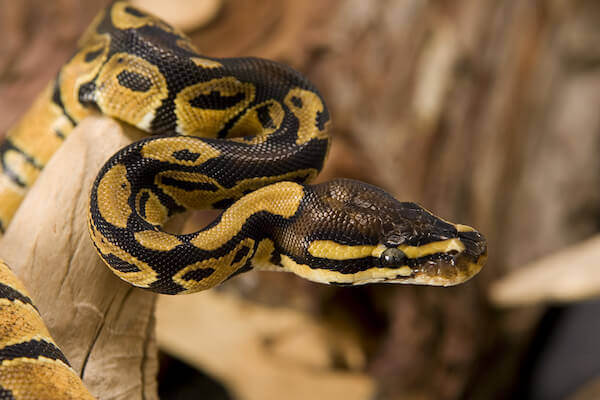
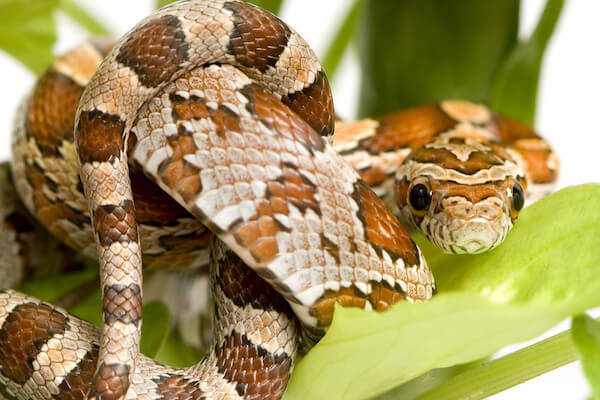
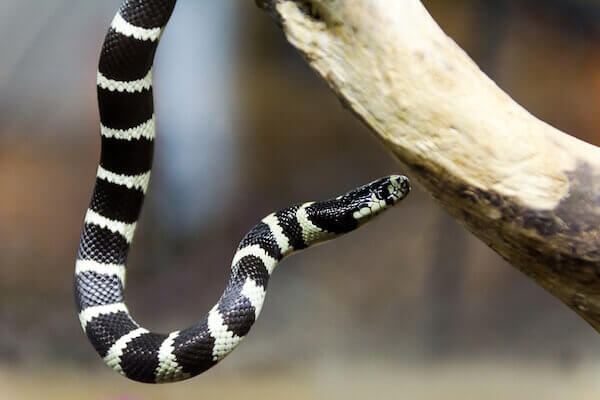
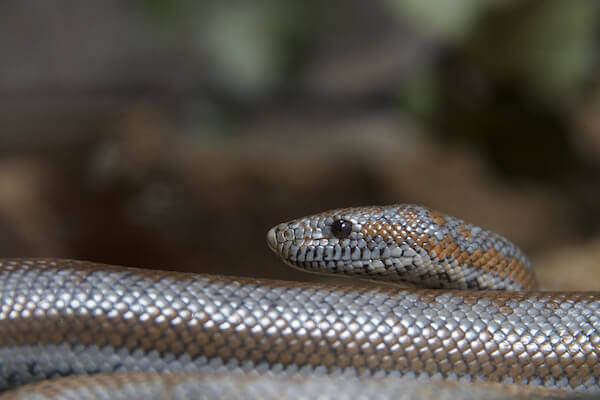
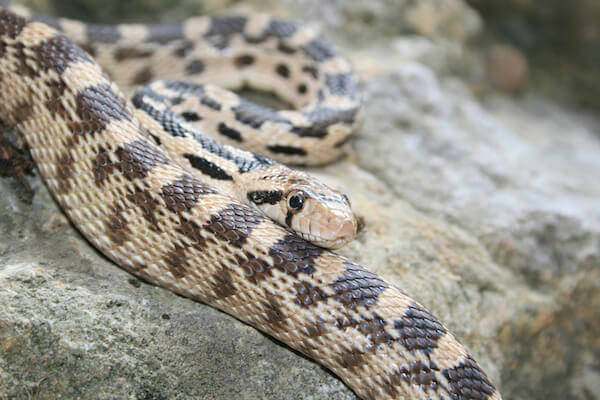
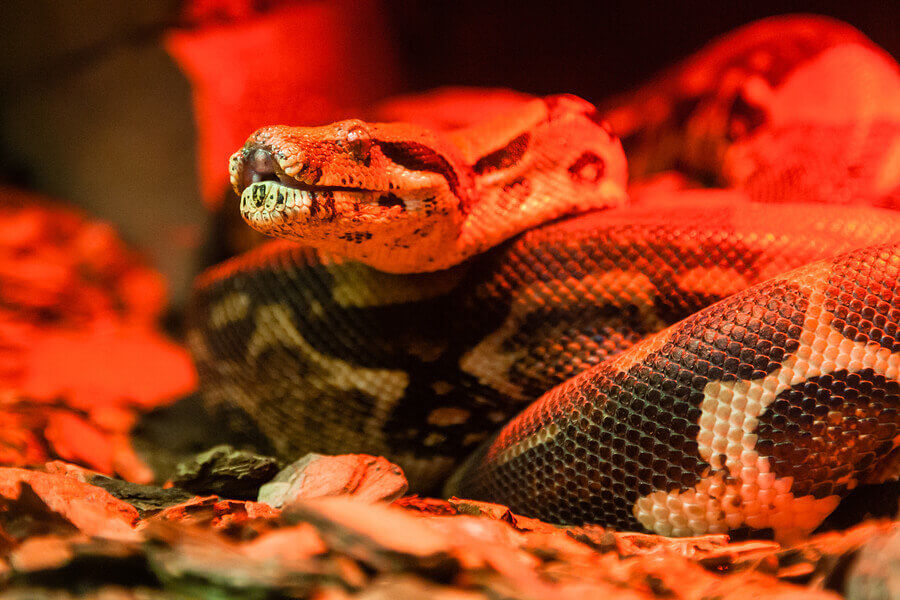
this is a great how to take care of a snake.
I’ve really wanted a pet snake and now I know how to care for them. They are all cool and cute snakes I just don’t know which one to get. thanks for the info.